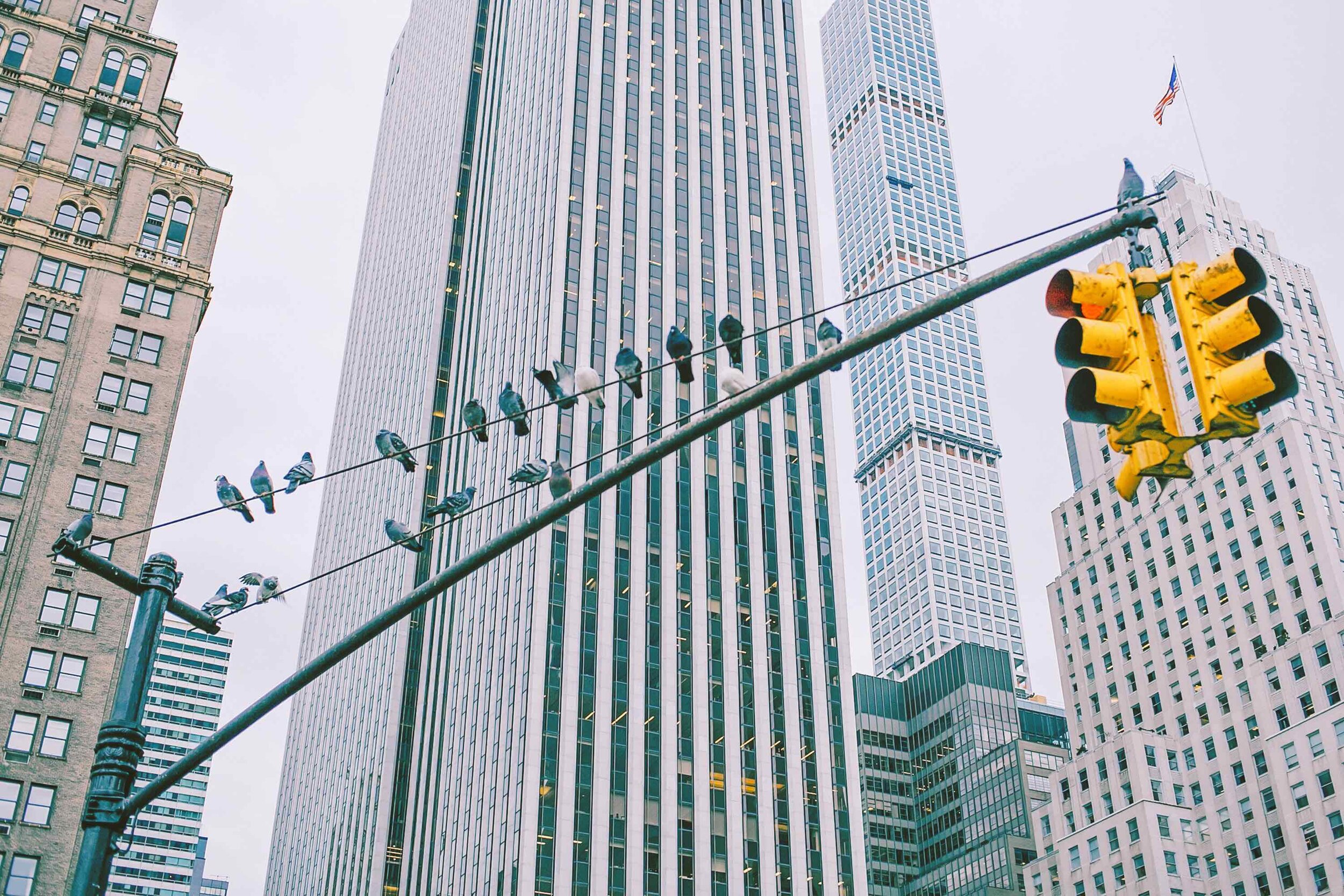The first image that appears when you google “urban birds nest” is a nest littered with cigarette butts. This, for me, is not surprising at all. I have been fortunate enough to interact with the city for several years now, which also means I have witnessed hundreds of residents tossing their cigarettes into the street runoff while continuing to speed walk to their next meeting or gig. Moments like this stem from the past New York where we were so concerned with the individual self. I hope New York is morphing into a future where we fight for our community and leave no one behind.
Like much of my community, the wildlife has migrated elsewhere. The city has drove away a large amount of our wild animals and people.
But why do cities need wildlife?
Our communities work in a system, a system that is interrelated in a beautiful, sometimes chaotic, nonlinear web. Urban wildlife is an important part of this system through cause and effect feedback loops. For example - in order to have clean drinking water you need clear water systems which need healthy aquatic life which needs healthy bird life, and the birds need healthy air quality in order to nest, hunt, and migrate, and what effects our air quality…? infrastructure.


